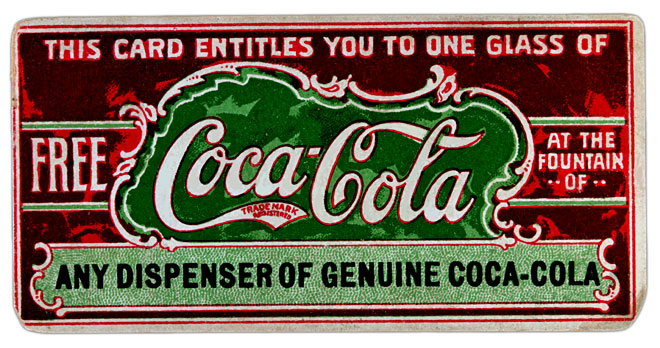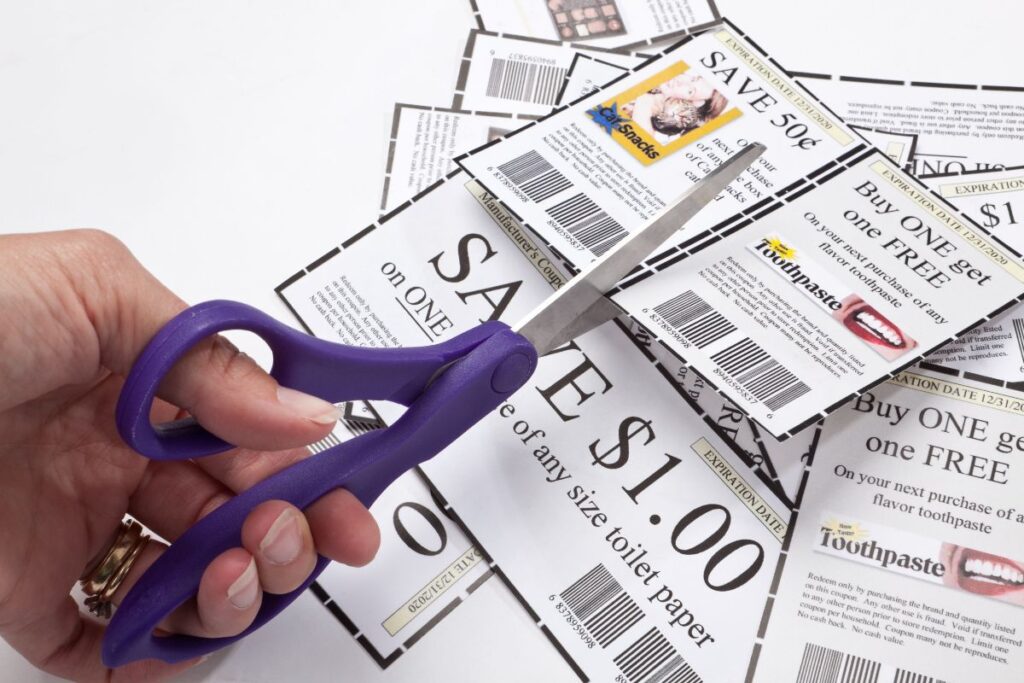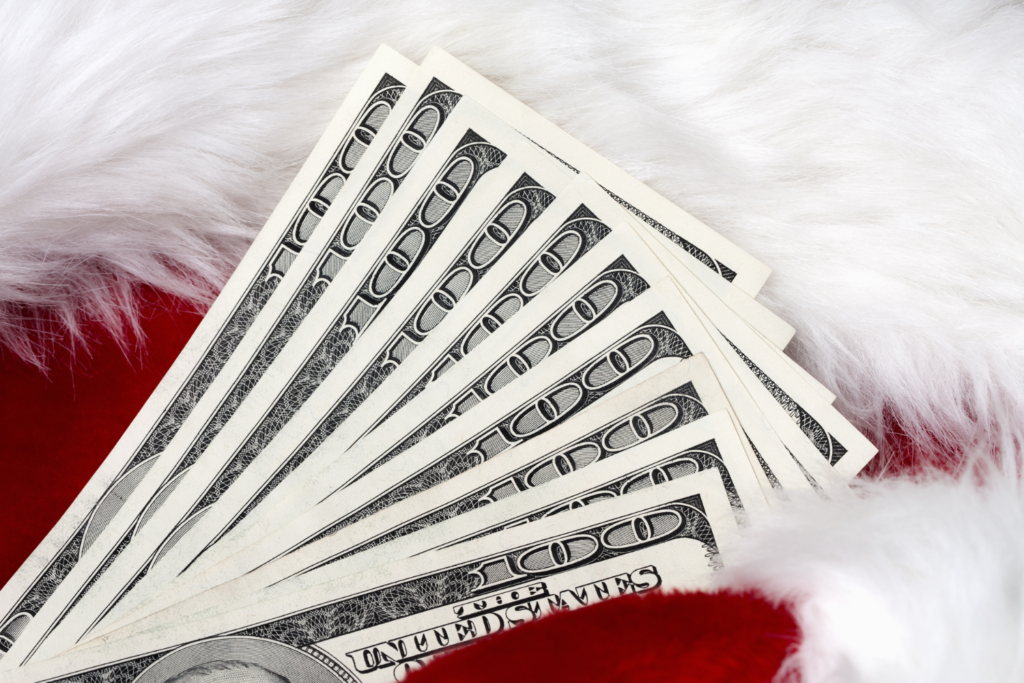
Couponing is a part of everyday life in modern society, but it has not always been this way. The history of couponing starts with its invention by Coca-Cola back in the nineteenth century. From then on, coupons grew increasingly popular until the Great Depression when coupon use really took off as an essential tool for aiding struggling families. Ever since then, coupons have evolved and changed over time and remain a vital part of the consumer marketplace even today. In this blog post, we will take a look at the fascinating history of couponing – from its invention to its current state – and explore how it has shaped our shopping habits throughout the years.
Contents
- Coca-Cola Introduced The First Coupon
- Grape-Nuts Cereal Released Second Coupon
- The Great Depression Led To A Coupon Boom
- Nielsen Coupon Clearing House
- Direct Mail Coupons
- Magazine & Newpaper Coupon Inserts
- Printable Coupons
- National Coupon Month
- Birth of Digital Coupons
- TLC’s ‘Extreme Couponing’
- 2023 Inflation Has Coupon Interest Rising
- Why Couponing is Beneficial?
- The Growth of Couponing Continues
- Conclusion
Coca-Cola Introduced The First Coupon
In 1886, John Pemberton created Coca-Cola, but customers were not interested in his carbonated wonder tonic. To promote the drink, his bookkeeper started giving out free taste tickets, but Pemberton thought it was too expensive. In 1888, Asa Griggs Candler bought the company and adopted the bookkeeper’s idea. Candler mailed thousands of free taste tickets, which led to the invention of the coupon as we know it. This ingenious idea was later copied by other companies, and the concept of using coupons quickly spread.

The company gave the consumer a free glass of Coca-Cola by presenting the coupon at the fountain. This promotion was a successful attempt to attract people to try the product, and it worked like a charm. By 1913, people had redeemed 8.5 million Coca-Cola “free drink” coupons. Today Coca-Cola is one of the world’s most recognized brands with a market cap over $1 billion.
Grape-Nuts Cereal Released Second Coupon
Another successful business man, C. W. Post, wanted to promote his new health cereal. So in 1895, Grape-Nuts cereal was the first food product to feature coupons. It first offered a one cent coupon off his new product and then offered a coupon for 12 cents off of six boxes of cereal. The latter promotion was successful as it enticed people to buy multiple boxes of the product in return for a discount. This idea was also adopted by other companies and coupons became increasingly popular during this time period.
The Great Depression Led To A Coupon Boom
The Great Depression had an immense impact on the couponing industry. People were struggling financially and needed to save money wherever they could find it. Companies took advantage of this opportunity and started offering more coupons than ever before. By 1931, around five percent of all retail sales came from customers who used coupons. Furthermore, newspapers started offering coupon inserts that could be cut out and used to save money.
During World War II, couponing decreased, but it increased again in the 1950s after the war ended and there was a boom in the economy. This was also the time when consumerism became popular.
Nielsen Coupon Clearing House
In 1957, Nielsen Coupon Clearing House was founded and started clearing manufacturer coupons, becoming the first third party to do so. This company processed all coupon payments and offered a standardized system for companies that wanted to distribute coupons. Companies no longer had to worry about paying out on coupons or tracking who redeemed them. The Nielsen Coupon Clearing House thus enabled companies to offer more couponing opportunities than ever before.
Direct Mail Coupons
In 1958, Carol Wright launched the first direct-mail coupon program. She sent out coupons that could be redeemed in stores for discounts. This started a trend of direct-mailed coupons, introduced by Valpak in 1968, and by 1970, around 1.5 billion coupon booklets were mailed to households across the United States every year.
Carol Wright still to this day sends out free catalogs via direct mail.
Magazine & Newpaper Coupon Inserts
During the early 1970s, George F. Valassis came up with a method to distribute coupons to a wider audience by inserting them into newspapers. This was the first instance where manufacturers could have a regular publishing date and a medium to distribute their coupons on a weekly basis.
I remember in the late seventies and early eighties cutting out coupons from my mother’s McCall’s magazine for 8 cents off a box of cereal in hopes that my mom would buy “the good kind” of cereal instead of the generic non-sugar types. It usually didn’t work, but that was my first introduction into couponing. Most coupons back then had no expiration date, so I wish I would have kept them for memorabilia.
By the 1990s, printed newspaper inserts were becoming increasingly popular. These inserts contained multiple manufacturer coupons that could be used in stores and offered tremendous savings for consumers. Wednesdays and Sundays were the big days for newspapers to have coupon inserts. I actually subscribed to the Omaha World Herald Sunday only service just for the coupons, and the reading articles was a bonus, not to mention being able to use the comic pages as wrapping paper. I, like most people, were more resourceful back then.
Printable Coupons
During the late 1990s, as the internet became more widespread, manufacturers saw an opportunity to offer printable coupons. Companies such as Coupons.com, SmartSource, and RedPlum enabled customers to print out coupons directly from their websites at home to redeem in store.
National Coupon Month
In 1998, the Promotion Marketing Association aimed to boost coupon awareness and usage by introducing a new method. They declared September as National Coupon Month, during which different manufacturers and coupon sites roll out exclusive promotions, such as high-value coupons, that aren’t typically accessible throughout the rest of the year.
Birth of Digital Coupons
With the increase in popularity of cell phones during the 2000s, couponing became even more convenient. In 2010, Target became the first major chain store to introduce mobile coupons.

The 2000s saw the rise of digital coupons. Companies such as Groupon and RetailMeNot emerged, which allowed users to access coupons online and redeem them by simply scanning their phones at the checkout. This made couponing even more accessible and convenient than ever before.
Certain retailers permit the combination of digital savings and paper manufacturer coupons, known as “stacking” or “double dipping” in the world of couponing, resulting in twice the amount of savings.
TLC’s ‘Extreme Couponing’
In 2010, TLC aired the first episode of a new show called ‘Extreme Couponing‘, and it immediately became a hit. The show followed couponers who used extreme couponing tactics to get large amounts of savings. It inspired people all over the world to start using coupons, and the use of coupons has since seen an uptick in popularity.
Yet, items purchased by some of shoppers on the show appeared too good to be legitimate, and it turns out that they were indeed not genuine. As the show gained popularity, it was discovered that some shoppers used counterfeit coupons while others failed to adhere to store or coupon regulations. Not all of the shoppers were dishonest, but enough were to discontinue the show.
2023 Inflation Has Coupon Interest Rising
In 2023, inflation has led to a resurgence of coupon use. Consumers are looking for ways to stretch their budgets and many are turning to couponing. Companies have taken notice and are offering more coupons than ever before as they look to entice shoppers who may be on tight budgets. The trend continues as consumers learn that couponing can help them save money on everyday items.
Why Couponing is Beneficial?
The benefits of couponing are quite apparent. Using coupons helps you save money, gets you discounts on your favorite products, and allows you to stretch your budget. Whether you are shopping for groceries or clothes, using coupons can be an excellent way to be frugal and avoid overspending.
If you are new to couponing, click here on how to get started. And then click here for some couponing strategies.
The Growth of Couponing Continues
Today, couponing has become an integral part of shopping for many Americans. Online stores offer discounts and coupons through their websites or apps. Grocery stores also feature digital coupons which can be added to a customer’s loyalty card to get discounts on items purchased in-store. With the advent of technology, couponing is only going to continue growing in popularity as more people look for ways to save money while shopping.
Conclusion
Couponing has been around for centuries now, and it continues to evolve as technology advances. It is now easier than ever to access coupons, and the savings they offer are truly remarkable. Couponing is not only beneficial for consumers, but also manufacturers who use them as a way to increase sales and brand recognition. There’s no doubt that couponing will continue to be popular in the future as people continue looking for ways to save money on everyday items.
- Praying To Saint Anthony For Lost Items - February 6, 2025
- How To File Your 2024 Income Taxes Online For Free In 2025 - January 20, 2025
- How To Win Sweepstakes and Contests - December 7, 2024




